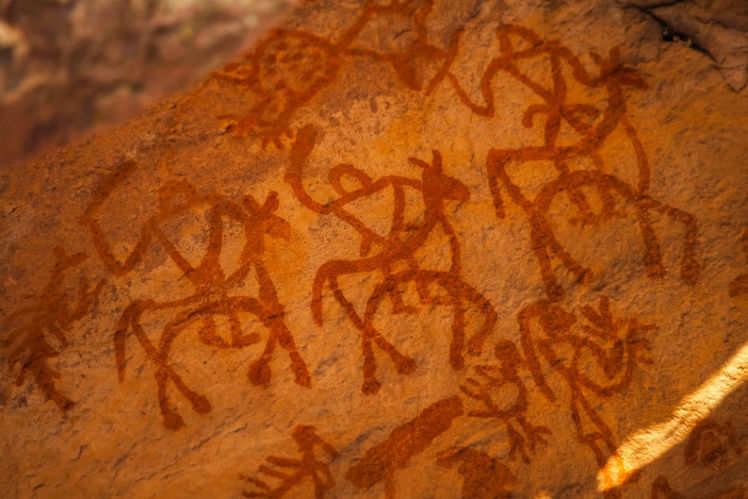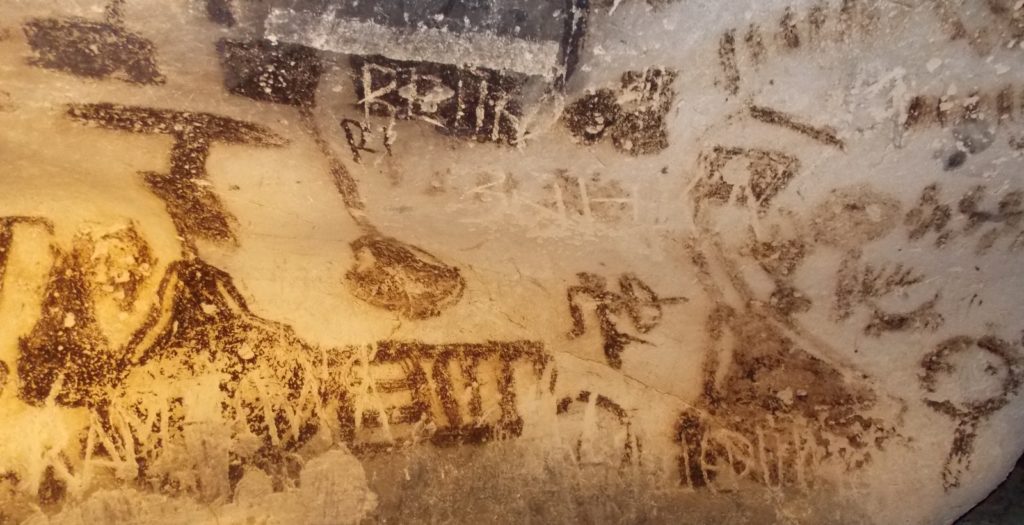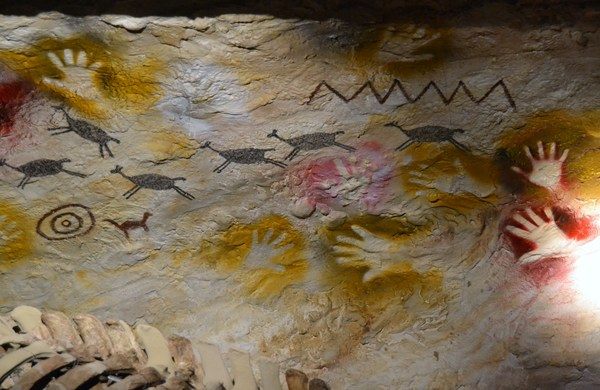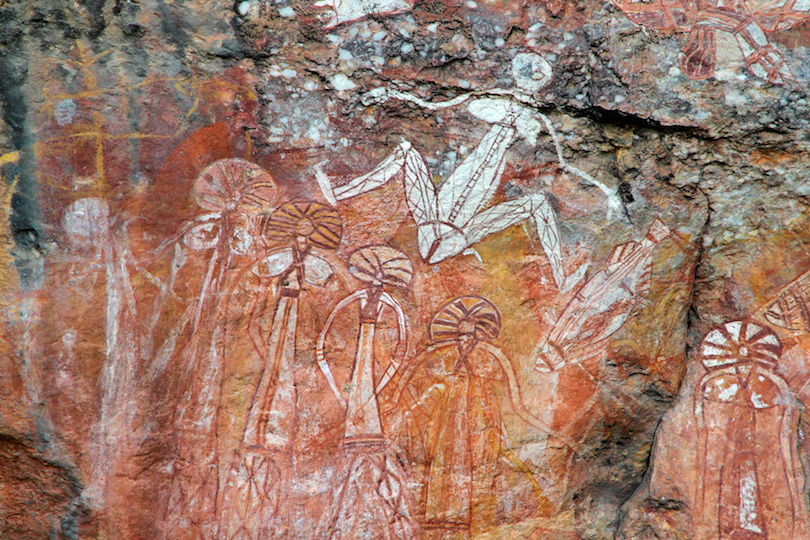From Europe and Africa to Australia Prehistoric cave paintings have been discovered in many parts of the world. Africa has some of the earliest paintings and rock engravings which are nearly 30,000 years old. They are discovered in 1969 on the rock face in a cave near Twyfelfontein in Namibia. But the most sophisticated prehistoric paintings are on the walls of caves in southwest France and northern Spain
Let us see 10 of the most famous prehistoric cave paintings
Lascaux Cave Paintings
The Lascaux Caves are also known as “the prehistoric Sistine Chapel,” , a cave in the southwestern France. This cave contains some of the most remarkable paleolithic cave paintings in the world, which are around 15,000 years old. The cave was discovered in the year September 1940
Altamira Cave Paintings
The caves of Altamira are located in Cantabria, Northern Spain. There were multiple findings about this cave by many archaeologists. However at the beginning of the 20th century they finally accepted as authentic after similar remains from the stone age were discovered in this area. These cave paintings of Altamira remain the most exceptional evidence of Magdalénian culture (between c. 16,500 and 14,000 years ago) in southern Europe
Bhimbetka
Bhimbetka is located in central India at Bhopal. This cave contains more than 600 rock shelters with prehistoric cave paintings. Its oldest paintings are considered to be around 12,000 years old. Animals like tiger, bison, wild boar, rhinoceros, monkeys, elephants, lizards, antelopes, peacocks etc. have amply been depicted inside these rock shelters
Magura Cave Paintings
The Magura cave is in the Northwest of Bulgaria. The paintings in the Magura cave represent dancing women, dancing and hunting men, disguised men, large variety of animals, suns, stars, instruments of labour, and plants. The Solar calendar from the Late Eneolith and some later additions, made during The Early Bronze age are quite accurate
Cosquer Cave Paintings
The Cosquer cave is located in the Calanque de Morgiou near Marseille, France. The entrance of of the cave is located underwater and was discovered by Henri Cosquer in 1991.The cave can be accessed through a 175-meter long tunnel, the entrance of which is located 37 meters under sea level
Font de Gaume Cave Paintings
Prehistoric people in the Dordogne Valley first settled in the Font de Gaume around 25,000 BC. The cave mouth was inhabited intermittently for the next several thousand years. However, after the original prehistoric inhabitants left, the cave was forgotten until the nineteenth century when local people again began to visit the cave
Laas Gaal
Laas Gaal is a rock shelter and cave in northwestern Somalia containing some of the earliest-known rock art in the African continent. These prehistoric cave paintings are around 11,000 to 5,000 years old. They depict cows in ceremonial robes that are accompanied by a giraffe, domesticated dogs, and humans. These cave paintings are well preserved and retain their strong colors and clear outlines


OLYMPUS DIGITAL CAMERA 
OLYMPUS DIGITAL CAMERA
Cueva de las Manos
Cueva de las Manos is a cave in an isolated region in the Patagonian landscape of southern Argentina. It takes reference from the stenciled outlines of hands of humans; however, there also are several depictions of rheas, guanacos, additional animals, and hunting scenes.The paintings depict that the painters held spraying pipes using their right hand on the left hand. These paintings are believed to have been made from 13,000 to 9,500 years ago
Chauvet Cave
The Chauvet Cave in southern France contains some of earliest known prehistoric cave paintings in the world. The oldest paintings in the cave may be up to 32,000 years old. The cave was discovered in 1994 by Jean-Marie Chauvet and his team of speleologists. These paintings contain images of animals such as the ibex, mammoth, horses, lions, bears, rhinos and lions. Advanced techniques such as the use of perspective is clearly demonstrated in the ‘panel of horses’ which shows several animals on the same plane
Kakadu Rock Paintings
Located in the Northern Territory of Australia, Kakadu National Park contains one of the greatest concentrations of Aboriginal art sites in Australia. Approximately 5000 art sites have been discovered in Kakadu along the escarpment and on rock outliers. The Aboriginal painting are estimated to range in age from 20,000 years to the recent present although most of the paintings are less than 1500 years old. The site at Ubirr has some of the finest examples of “X-ray art” in the world. The Aboriginals not only painted the outside but also the bones and internal organs of the animals



























Comment here